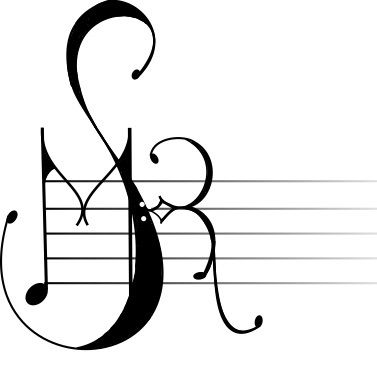Early this summer, William van Geest had an article, entitled “New Perspectives on Meter in Webern’s Opp. 5, 11, and 29,” published in the inaugural issue of the Brandeis Journal of Musicology. William originally presented this paper at the 2015 Musicology Conference of the Brandeis University Department of Music Graduate Student Society. A summary of the article is found below. William also recently had the opportunity to visit the Paul Sacher Stiftung in Basel, Switzerland, where he examined Webern’s sketches for his Op. 28 String Quartet for use in a paper that explores meter in this piece.
While several earlier analysts have explored meter in Webern’s music, most of these investigations seek to answer the question, “Is it metrical?” The results of this line of inquiry, while often interesting, are frequently inconclusive or otherwise unsatisfactory. My aim is to discover Webern’s operative notions of meter, and to situate these within his larger aesthetic goals. Given our lack of extensive comment by Webern on meter, I here rely on analytical means. I begin by assuming that meter as notated is meaningful for Webern and that conventional notions of meter play some role; beyond this, I allow the problem of metrical projection and discrepancies between notated meter and the musical surface to define the character and shape of his metrical practice.
This article explores Webern’s notions of meter as suggested by the analysis of three pieces. In the fourth movement of the Op. 5 Pieces for String Quartet, I discuss suggestive connections between meter and form, as well as Webern’s conception of written meter as exerting a force on the musical surface. In the first movement of the Op. 11 Three Little Pieces, I show Webern’s extension of the connections between form and meter, both via denser formal units and to mark formal initiation or closure, as well as his careful employment of metrical activation to dramatic ends. In the first movement (“Zündender Lichtblitz”) of the First Cantata, Op. 29, I discuss a reversal of the foregoing, whereby Webern closely adapts the notated meter to the musical surface, yet also discuss his treatment of visual cues for meter as barriers in the musical surface, as well as his abrogation of typical distribution of energy. This survey of Webern’s metrical practice shows the composer both grappling with metrical conventions but also reinterpreting them in original and productive ways.
—William van Geest
William van Geest is a fourth-year Ph.D student in Music Theory at the University of Michigan. While his current research focuses on rhythmic theory in thirteenth-century France, his interests include the history of music theory, rhythm and meter, the music of Anton Webern, and medieval grammar. He has presented work on these topics at a variety of conferences in North America and Europe.
Recent Posts
SMR to Host Midwest Graduate Music Consortium 2025 Conference – January 13, 2025
SMR Welcome BBQ at County Farm Park – October 01, 2024
Julian Grey defends dissertation – June 05, 2024
Michaela Franzen defends dissertation – May 21, 2024
Kai West defends dissertation – May 16, 2024
Micah Mooney and Carlos Pérez Tabares present at Music Theory Midwest – May 12, 2024
SMR end-of-year round-up at County Farm Park – April 25, 2024
SMR hosts Research Showcase – September 29, 2023
 Society for Music Research
Society for Music Research